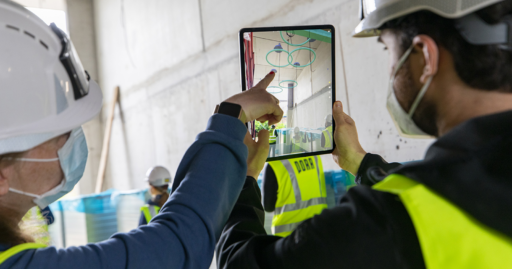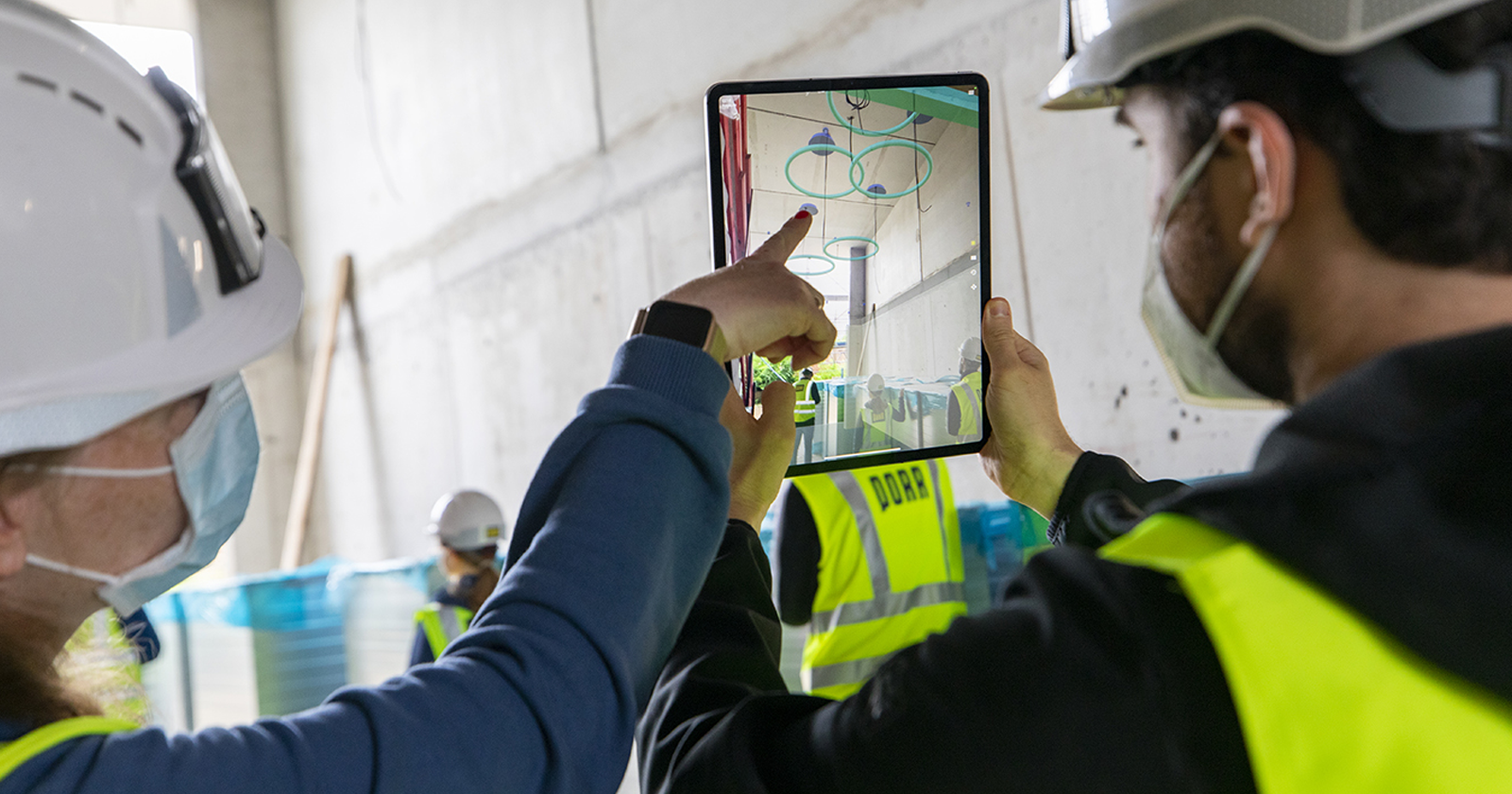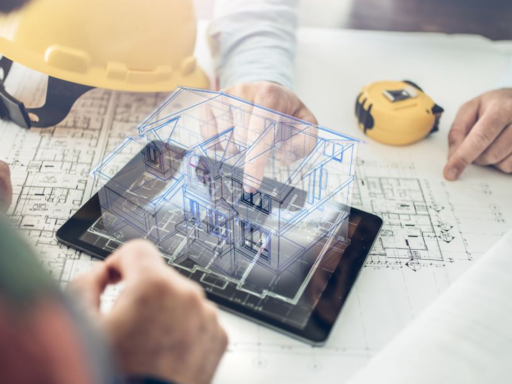Building Information Modeling is a highly collaborative process that allows architects, engineers, real estate developers, contractors, manufacturers, and other construction professionals to plan, design, and construct a structure or building within one 3D model.
How can BIM help you?
With BIM, architects can create a digital model that represents every aspect of a building, from its foundations to its surroundings. The key is that the digital model is not only the graphic 3D represantation of an element, but that it contains information related to it.
This project knowledge is captured in a single, accessible place, allowing architects and stakeholders to explore past configurations and even consider possible futures.
What information can be added to a BIM model?
- Detailed architectural elements, including floor plans, elevations, and sections.
- Comprehensive data on structural components and systems.
- MEP (Mechanical, Electrical, and Plumbing) details for a holistic understanding.
- Construction-related information for project visualization and planning.
Which are the steps for implementing BIM?
- Understand the technology: Take the time to familiarize yourself with the concept of Building Information Modeling (BIM) and its benefits.
- Assess your current processes: and identify areas where BIM can be integrated. This include design, construction, and facility management.
- Invest in the right software: Choose a BIM software that aligns with your organization’s needs and goals.
- Train your team: to ensure they have the necessary skills. This could include software training, as well as training on BIM workflows and best practices.
- Collaborate with stakeholders: BIM is all about collaboration, so make sure to involve all relevant people in the implementation process. This could include architects, engineers, contractors, and facility managers.
- Start small: Implementing BIM can be a complex process, so it’s important to start small and gradually scale up.
- Monitor and evaluate: This will help you identify any areas for improvement and make necessary adjustments






